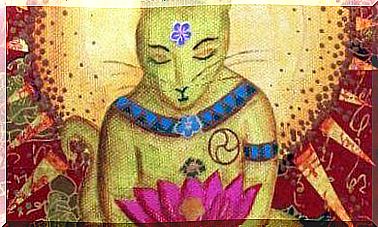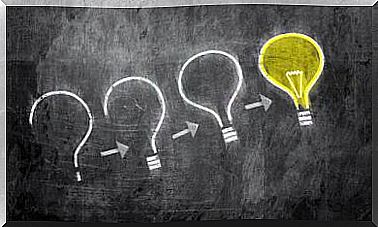Collective Memory: Our Grandparents’ Stories
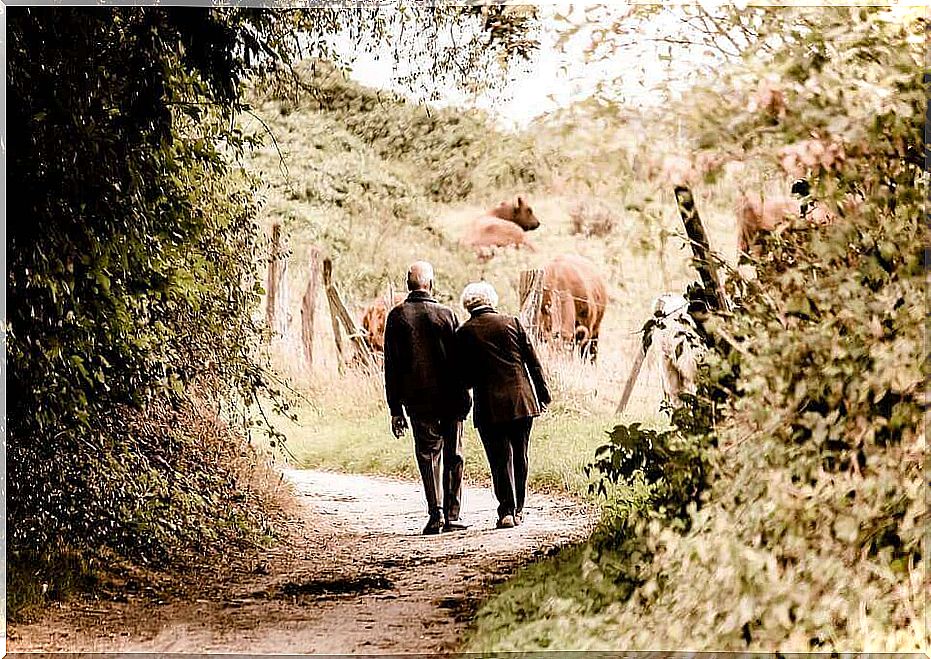
There are stories that deserve to be shared. Many of them are handed down from generation to generation. Oral tradition serves this purpose, to share memories and interpretations of past events. The transmission of these stories will constitute what we call ‘collective memory’, memories that several generations share so that they are not lost.
What are the stories? Stories are representations of the past that are brought together in narratives. These stories that talk about a particular theme have a plot with a well-defined beginning and end, and have sequential and causal coherence. In addition, the events considered most important appear in the narrative. When a narration is adopted by a group, as the interpretation of the past, it becomes part of their collective memory.
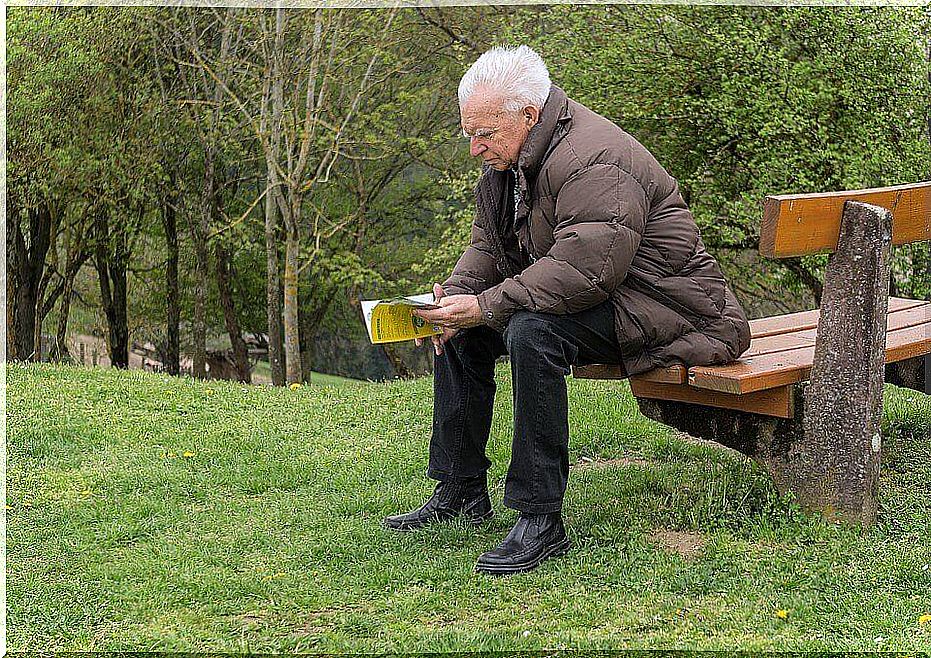
Distortions in collective memory
Collective memory does not represent an objective or neutral account of past events. These shared narratives are selective, they remember what they want to remember, and they are distorted, in many cases prevailing what is actually useful.
Collective memory can serve to justify the actions of the present. Starting from the oral tradition of collective memory, each generation that shares it further distorts the initial story, adapting it to the pretensions of the present.
When grandparents talk about past wars, they recount the events they remember most, that left a deeper imprint. These reported events will mold themselves according to your ideology.
Your preferred party will probably be the victims, while the other party will be the majority of the oppressors, the culprits. The “battles of the grandparents” will serve to explain why we now have some specific policies or behaviors.

Types of collective memory
Despite highlighting the transmission of narratives through oral tradition, there are different forms of transmission. They correspond to different types of memory that make up collective memory, which are as follows:
- Popular memory: representations of the past transmitted by members of society that manifest themselves directly in public opinion polls.
- Official memory: representations of the past adopted by formal institutions. This memory is manifested, for example, in army publications, exhibitions in national museums and textbooks approved for use in the education system.
- Autobiographical memory: is that of people who directly experienced events related to history, typically demonstrated through memories and oral histories. This memory is a primary source of knowledge about the past.
- Historical memory: is the way in which the scientific community explains the past with its studies.
- Cultural memory: is how society sees its past through newspaper articles, commemorations, monuments, films and buildings, among others.
The last four types of memory are the ones that most influence popular memory, while official memory, which represents nations at the international level, influences foreign relations.
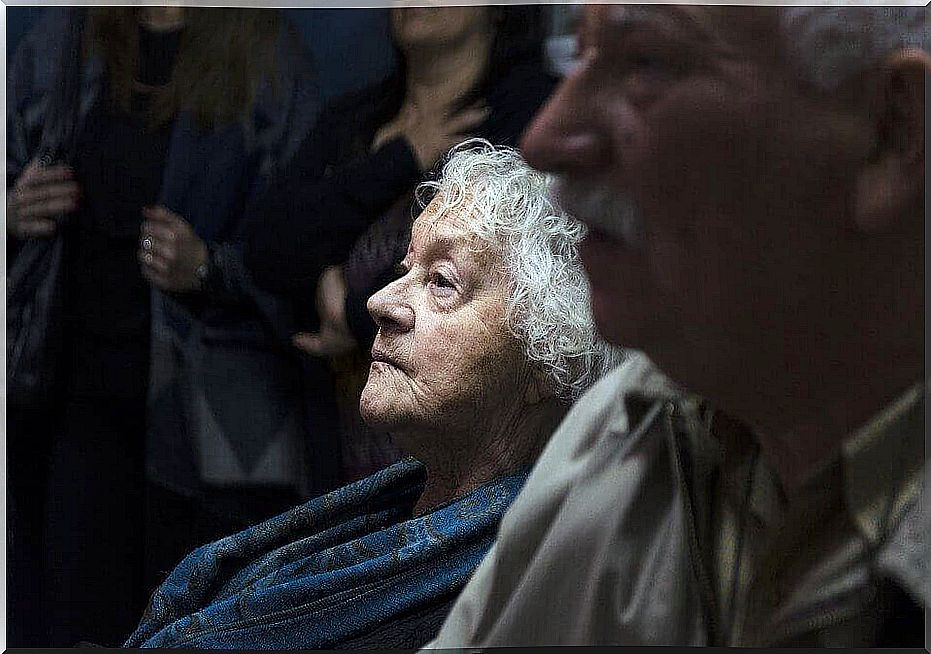
The collective memory of conflicts
When we talk about a conflict, the narrations address the main events that started the conflict and that developed during its course. These narrations will be collective and distorted. They will provide a selfish and simplistic view of the conflict.
Generally, these narratives deal with at least four main themes:
- The rival’s delegitimation.
- The positive image of the group itself.
- The presentation of the group itself as the only or main victim.
- The justification for the beginning of the conflict.
These narratives play two important roles in the conflict. The first is internal. When a group adopts such narratives, they become part of the popular memory of its members. As a result, the narratives influence the psychological reactions of group members and, consequently, their actions.
With a high probability, these narratives will be negative for the rival and positive for themselves. The second role is external, as the narratives present the group itself in a positive way to the international community, in which it seeks support.
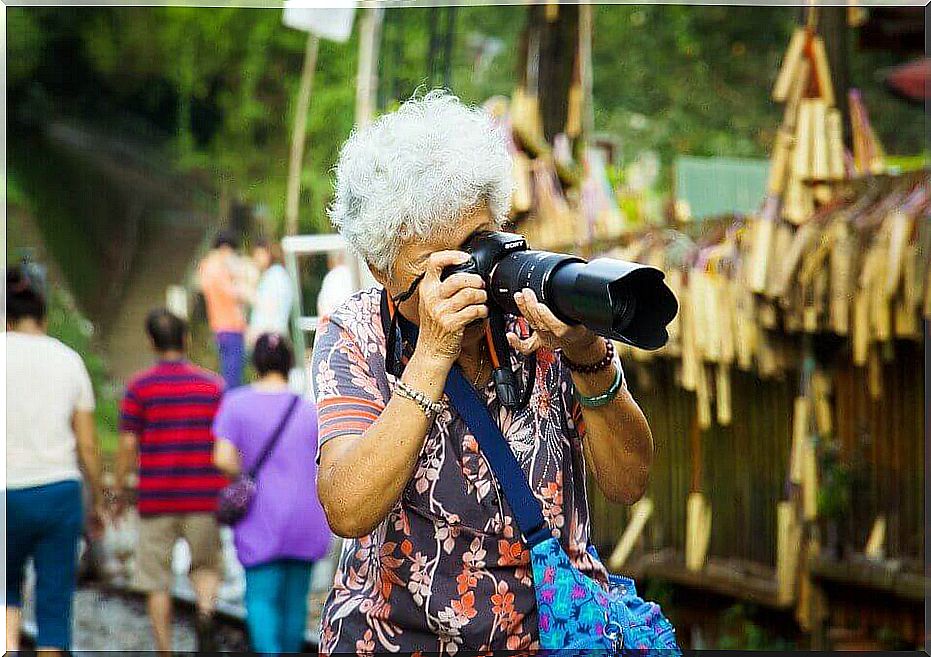
Consequences of collective memory
The narratives that make up the collective memory of a conflict often inhibit peaceful conflict resolution and reconciliation between the parties. On the one hand, group members are unmotivated to sign peace with a rival they perceive in a negative way and as untrustworthy. On the other hand, distorted narratives discourage the rival from negotiating with the other group.
As an Arabic proverb says: “If God created us with two ears, two eyes and a single mouth, it is because we have to listen and see twice before speaking. Don’t open your lips if you’re not sure what you’re going to say; silence is more beautiful”.
The collective memory, in most cases, is selfish and distorted. Therefore, we must take all perspectives into account. Knowing all the narratives, including those that are contrary to collective memory, will help to better understand past events. It will also help to understand what the role of narratives is and what are the elements that limit or impede peace agreements.

